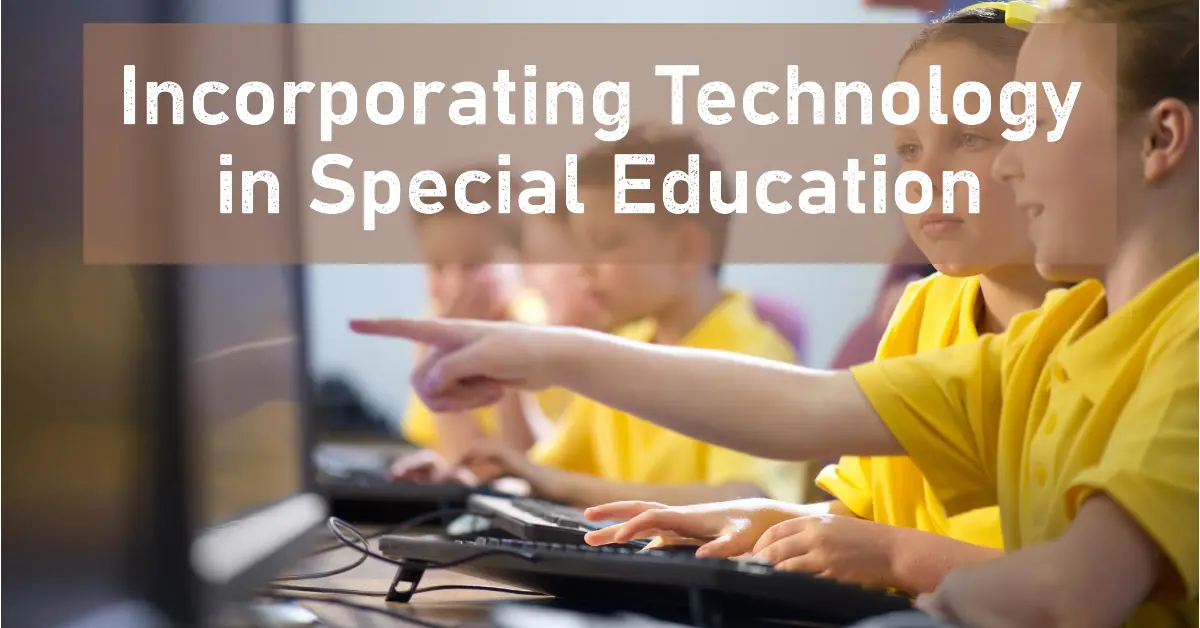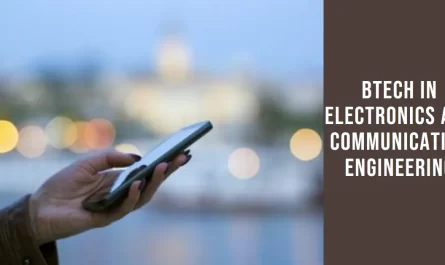Technology has long found an important place in the classroom. From the invention of paper to the digital age, technology drives teaching methods and innovations.
Every educator needs sufficient technological support to succeed in a modern classroom, and that holds doubly true in special education. Students in these programs face challenges beyond the scope of traditional classrooms. Yet, they deserve as much help and support as any other.
The solution is to empower special education providers with resources that enable education regardless of the unique challenges that may arise.
From the latest AI to handheld visual aids, abundant technological options abound. The first step in incorporating technology into special education is to learn more about it. In particular, tech tools can help educators in five interesting ways.
Communication
Special education frequently revolves around communication media. A child with visual impairment needs alternatives to reading. Countless other challenges arise, each facing students in unique ways and often requiring unique solutions.
Technology tools overcome communication barriers. Voice-to-text and text-to-voice provide some of the most common alternatives that help students around the world. Other communication tools include braille readers, AI assistants, optical character recognition scanners, and many more.
In fact, an entire class of technology serves this purpose. Known as augmentative and alternative communication (AAC), devices in this category specifically help to overcome communication challenges.
Some of these tools provide obvious advantages in the classroom. Others might take more study and investigation. For instance, AI assistants can help some students overcome frustration to master skills that previously felt out of reach.
Imagine a student with physical impairments that prevent them from drawing. With voice recognition and AI assistants, they can create digital art at a level that was completely unreachable even a few years ago.
Virtual and Augmented Reality
Special education encompasses more than just inherent communication challenges. Students present a variety of needs, and tools that assist in customizing the learning experience empower educators to meet those needs.
Virtual and augmented reality create a class of technology focused specifically on the learning experience.
Teachers can pull from pools of programs and tools already available, and they can even learn to create their own within these settings.
Virtual and augmented reality allow students to engage in lessons remotely, increasing their access to specialized learning when needed. These tools help overcome mobility challenges, and they provide alternative ways to learn, reaching students who might otherwise struggle.
If creative approaches can improve learning, then virtual and augmented reality open the doors to solve problems creatively.
Tactile and Visual Learning
While virtual and augmented reality create digital learning solutions, it’s possible to take another route. Teachers can create physical learning tools that put lessons in the hands of students, literally.
A leading tool in this endeavor is known as 3D printing. With 3D printing, you can make highly detailed models, examples, and tools for kids. You can customize these print-outs, and adding this tactile element offers another element of learning.
When students take to 3D printing, you can steer into their passion and introduce them to 3D printing education programs. Similar programs for educators ensure they can get the most out of this technology, filling the classroom with greater learning opportunities.
Engagement
Every tool mentioned so far aims to improve engagement. Whether by overcoming communication challenges, offering remote learning, or simply providing better mechanisms that can hold the attention of students, technology serves engagement.
Every student benefits from engagement efforts — especially those with learning needs that directly impact focus and attention span.
Sometimes, the simple “cool factor” of new technology ignites passion and keeps students interested. If it feels new and exciting to them, then it is, and that pushes engagement when and where you need it.
Technology is expansive. There are tools that can help with engagement in virtually any scenario, and many of them are more affordable and accessible than you might assume.
Adaptivity and Customization
Beyond engagement, educators thrive when they have the freedom to adapt their methods and customize the learning experience for as many students as possible. That’s the underlying theme in special education technology.
The added advantage of technology tools is that they open doors for educators too. The same devices and programs that help students overcome challenges, communicate over distances, and increase their opportunities can directly aid teachers too.
You can use tools to discuss ideas with teachers around the world. You can borrow from existing programs or lesson plans. You can share ideas, download visual aids, reach out to specialists, and scour the technological world for the best resources to take care of your students.
Technology belongs in every learning setting, including special education. Big-budget tools can be great, but it’s not the only way to take advantage of technology. Find the tools that are right for you and your students, and you can thrive together.



